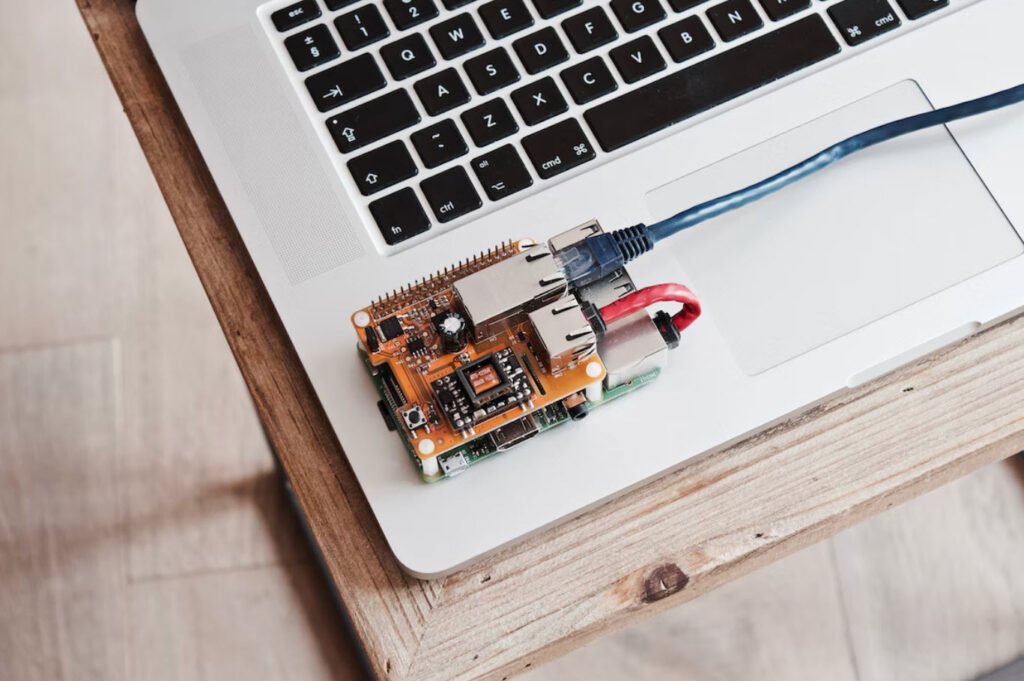
Users of IoT device management software can manage, track, and track physical IoT devices. Using these methods, users can frequently remotely deliver software and firmware upgrades to devices. IoT device management software also offers security and permissions features to guarantee that every device is secure from flaws.
These solutions are mainly used by IT administrators, and some companies may even hire an IoT administrator to keep tabs on the functionality, security, and general health of each linked item. The utilisation of IoT platforms, IoT analytics software, and IoT security software is just a few examples of how IoT device management software can be combined.
- Datadog
- Azure IoT Central
- Hologram
- Exosite ExoSense IoT
- Google Cloud IoT Core
- Azure IoT Hub
- IBM Watson IoT Platform
1. Datadog
Developers, IT operations teams, security engineers, and business users can utilize Datadog as a monitoring, security, and analytics platform in the cloud era. The SaaS platform unifies, automates, and monitors log management, application performance monitoring, and infrastructure monitoring to deliver real-time visibility across the full technology stack of our customers.
Organizations of all sizes and in a variety of sectors use Datadog to facilitate digital transformation and cloud migration, foster teamwork among development, operations, security, and business teams, speed up application release cycles, shorten problem-solving times, secure applications and infrastructure, comprehend user behaviour, and monitor crucial business metrics.
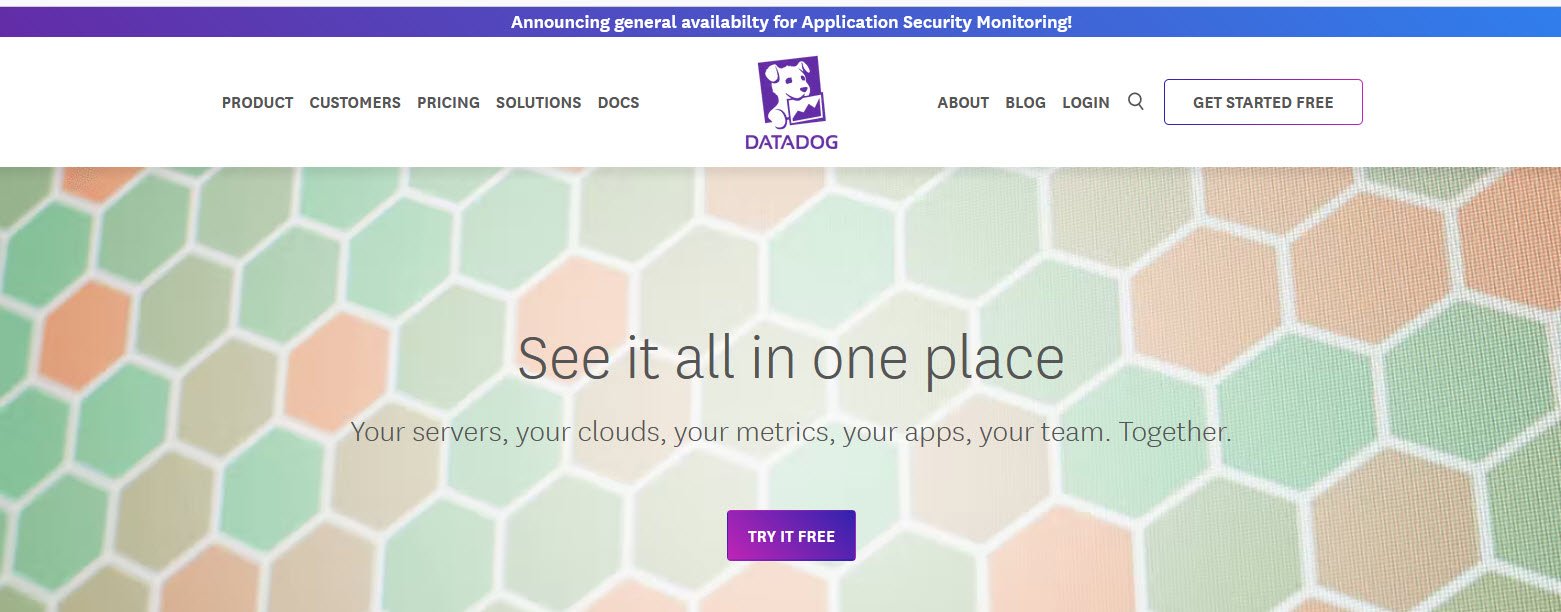
2. Azure IoT Central
Azure IoT Central brings the Internet of your things to life by connecting your devices, analyzing previously-untapped data, and integrating business systems and transforming your company when you uncover new business models and revenue streams. IoT hub is a service that facilitates connectivity between IoT apps and the devices that it controls.
IoT is an application platform that makes it easier to develop Internet of Things solutions, which makes it different from IoT hub and IoT central.
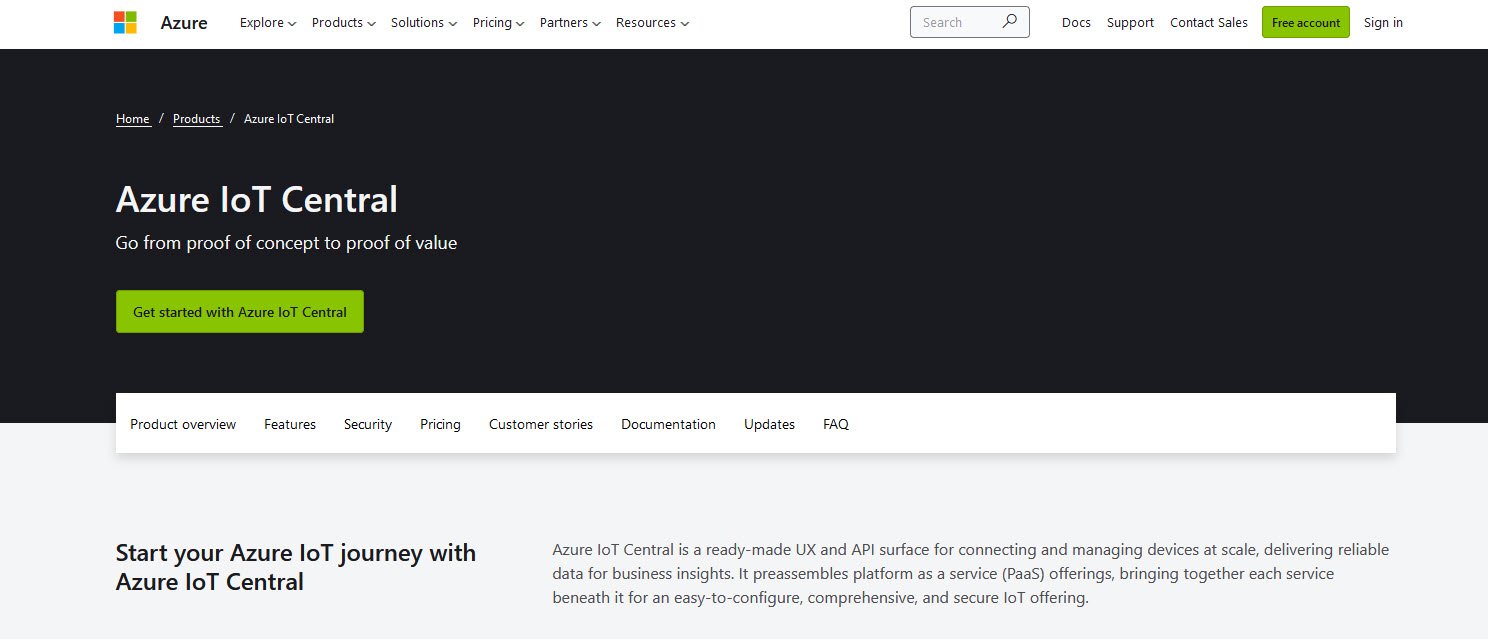
3. Hologram
With Hologram’s cellular SIM cards and simple monitoring dashboard, you can take control of your IoT deployment. We’re here to help you connect and manage your IoT devices with our seamless, multi-carrier, worldwide coverage network and support staff.
Use a single hardware-independent SIM card or eSIM eUICC chip to connect to every network in every nation. Hologram SIMs seamlessly transition between local carriers so you never lose service and experience maximum performance.
Access to the entire portfolio of IoT connection partners and profiles from Hologram is made available via Hyper over the air and updateable. The entire deployment will benefit from new proactive alerting tools. Real-time device insights allow you to concentrate on increasing and growing rather than connectivity. Pay attention to your data and product rather than network setup, deals, and prices.
Our adaptable price options are created to help you get started. Avoid any further carrier talks, integrations, or hardware swaps and instead concentrate on expanding your fleet and managing your devices.
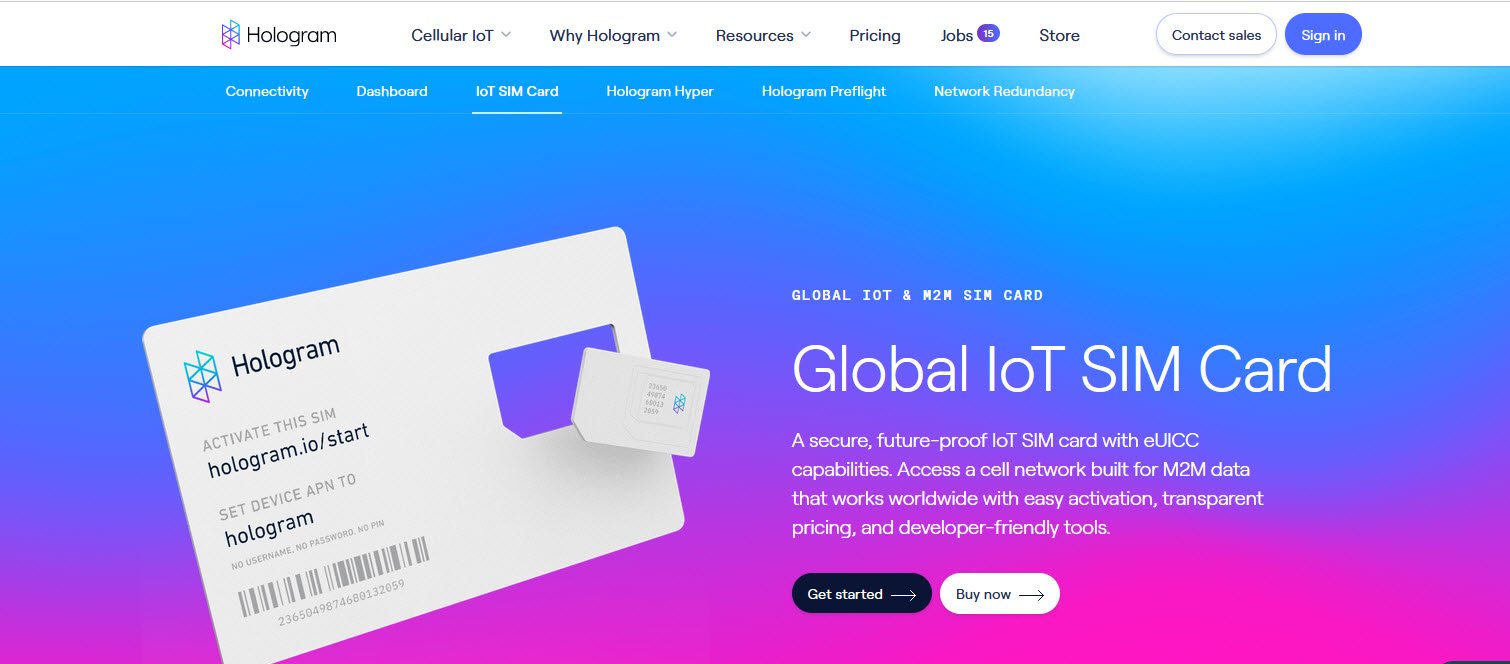
4. Exosite ExoSense IoT
ExoSense is a remote condition monitoring tool that can be set up in a matter of minutes to offer operational insight into systems, equipment, and industrial assets. It makes it possible for any organization to gather and visualize sensor data in order to notify users to important operating conditions, anticipate maintenance needs, streamline operations, and offer customers additional capabilities and services.
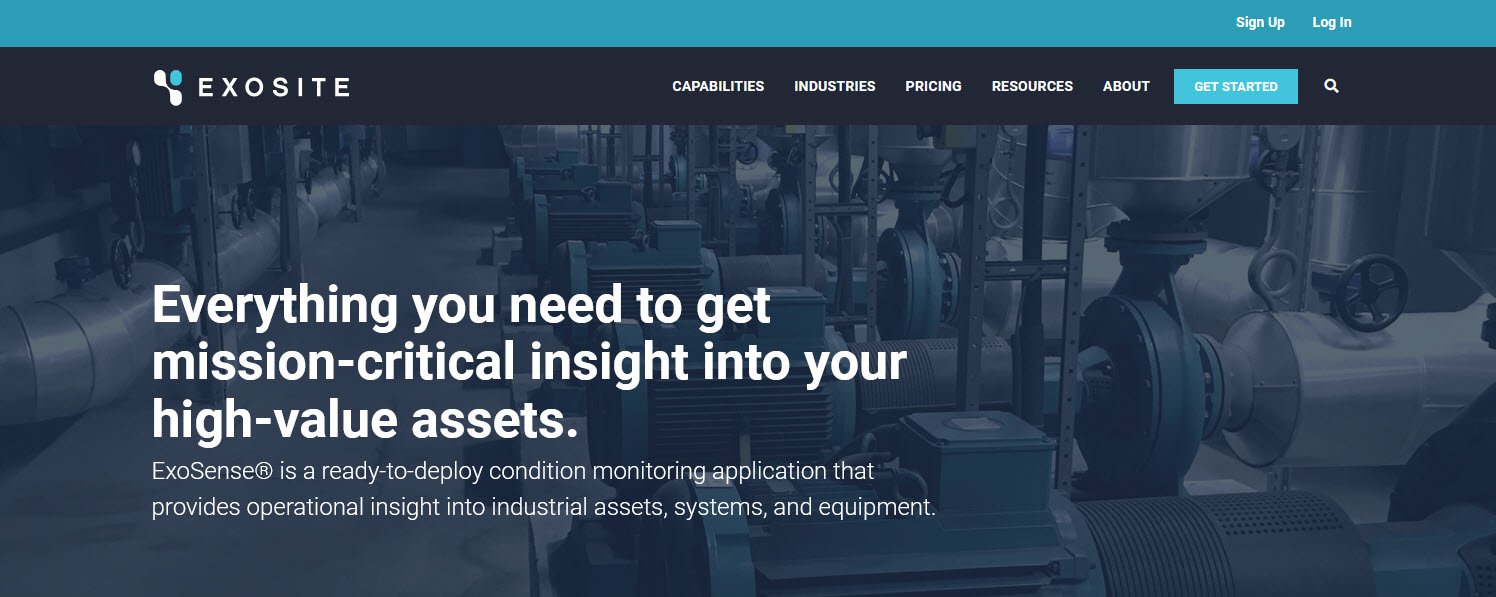
5. Google Cloud IoT Core
A fully managed service to easily and securely connect, manage, and ingest data from globally dispersed devices.According to him, the main takeaway from this is that Google IoT Core has consistently fallen short of rival hyperscale cloud providers like Microsoft, Azure, and AWS. Within the first several years, it became very obvious that Google was not devoted to enhancing or maintaining their IoT platform, and we are now witnessing the effects of that.
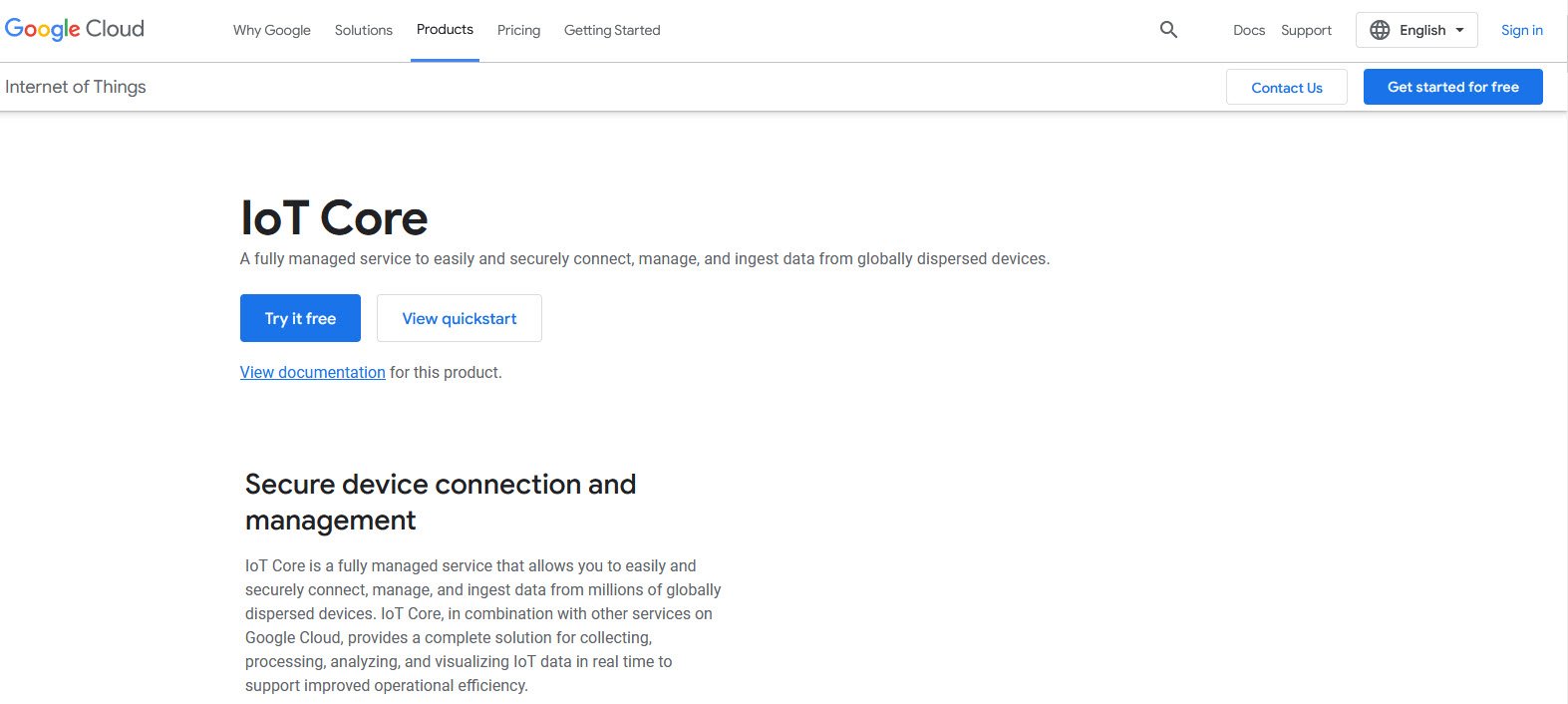
6. Azure IoT Hub
An IoT device registration, data storage, and security are all included in the scalable, multi-tenant cloud platform (IoT PaaS) known as Azure IoT Hub. It also provides a service interface to support IoT application development. IoT Hub can be used by organisations to act as the interface between the “things” their apps interface with if they have experience developing IoT applications or if their requirements cannot be satisfied by the pre-made solutions available through IoT Central.
To put it another way, you create your app and use IoT Hub to connect the gadgets it controls. Larger flexibility and a greater need to control some system components are both present.
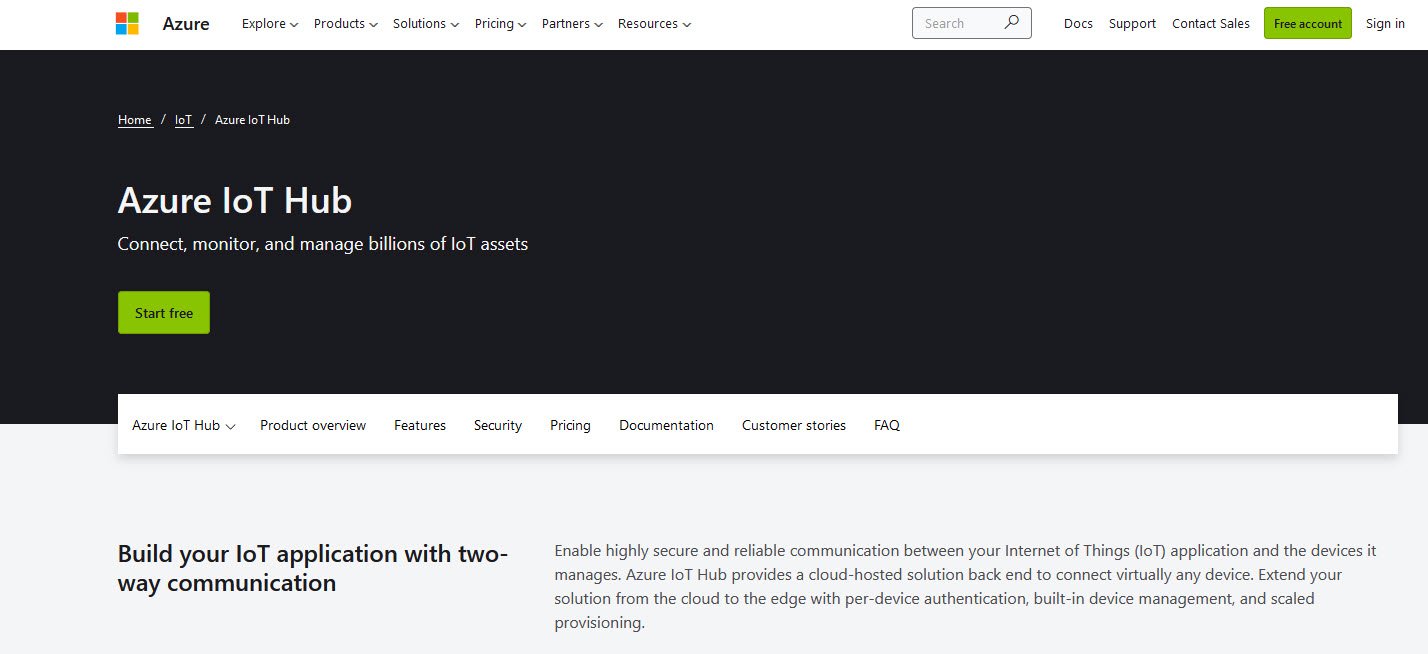
7. IBM Watson IoT Platform
You may jump start your upcoming Internet of Things project with the aid of IBM Watson IoT Platform. To make it easier for you to get value out of your Internet of Things devices, it is a fully managed, cloud-hosted solution. It offers functions such as device registration, connectivity, control, quick data display, and storage for the Internet of Things.
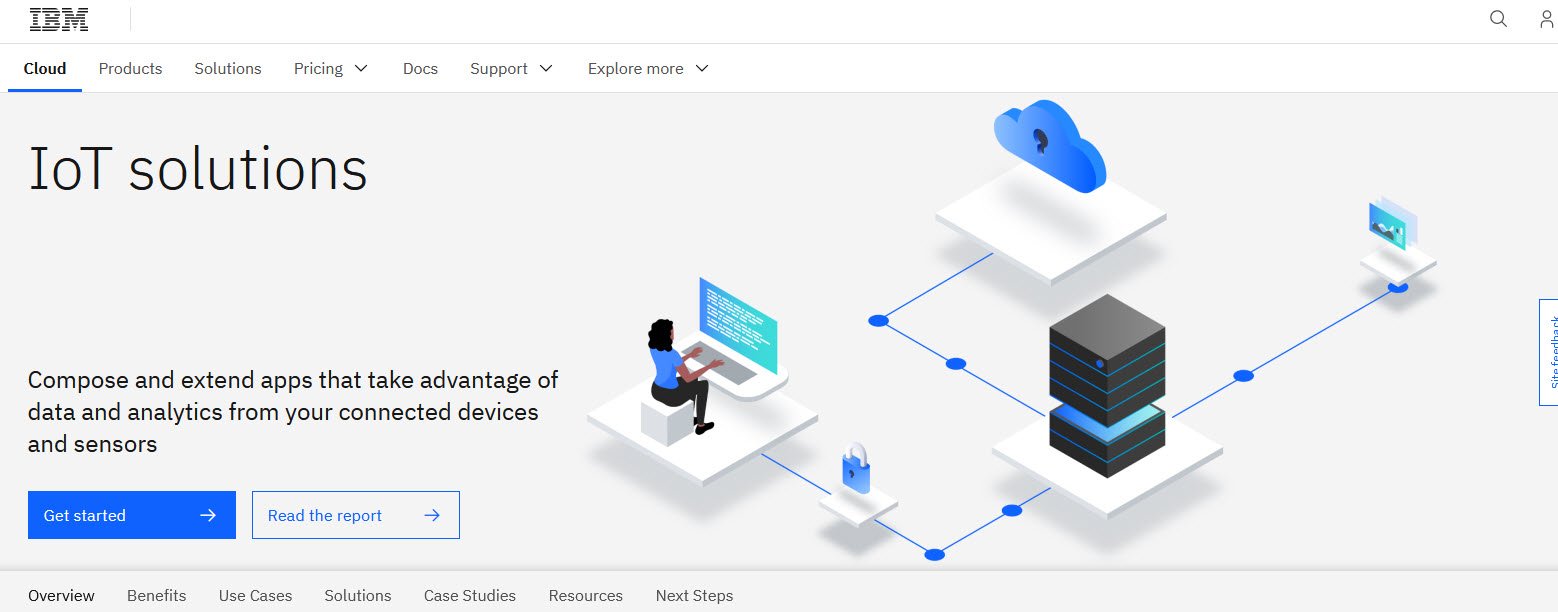

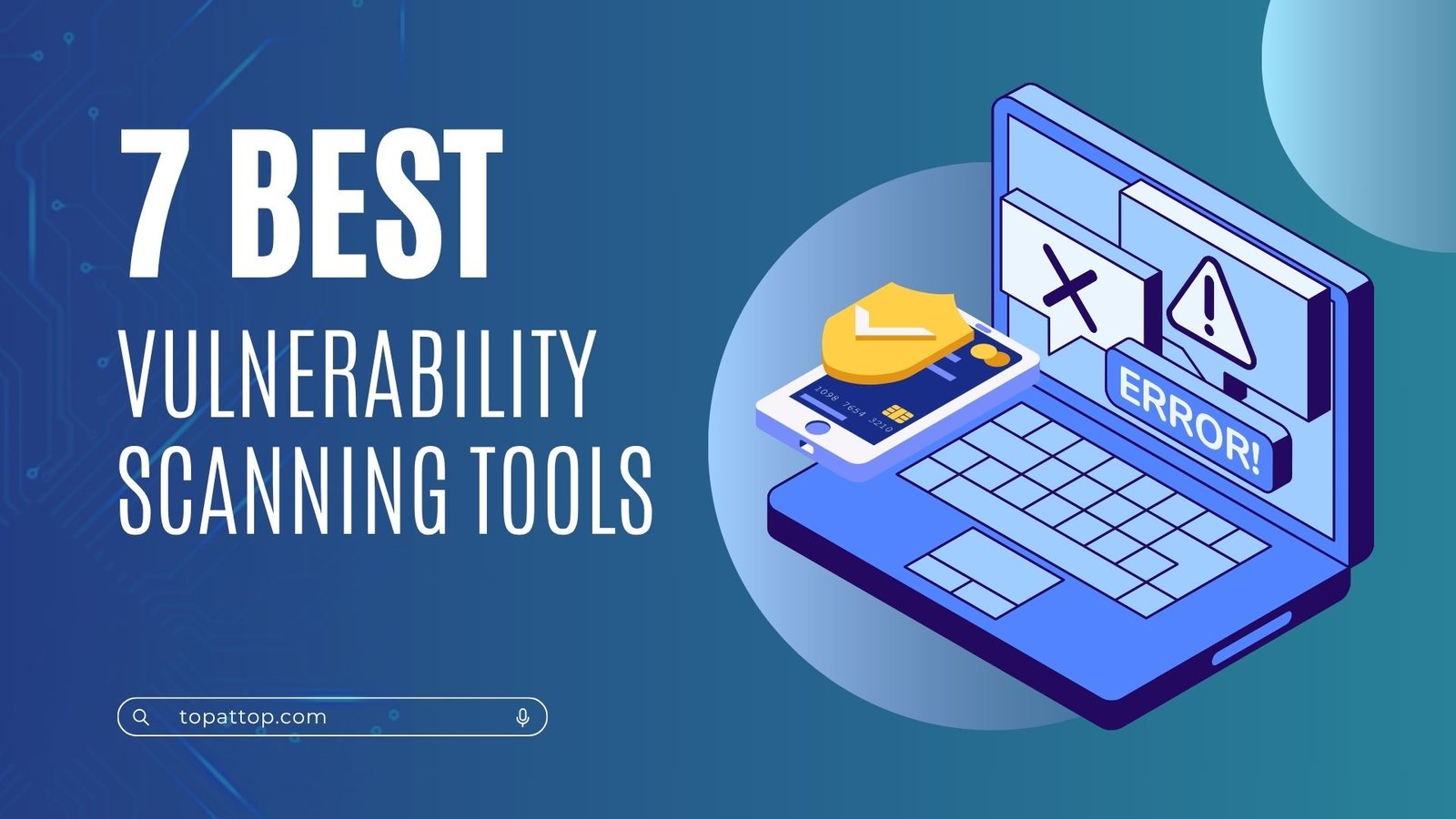
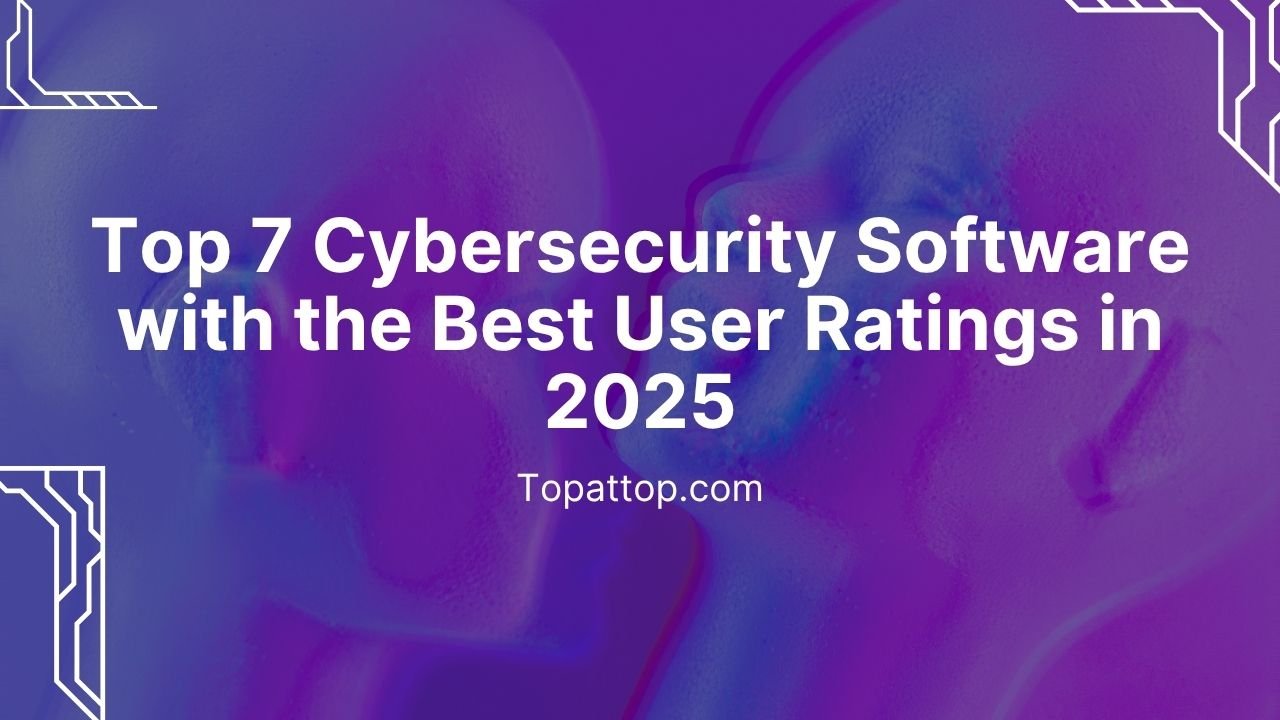

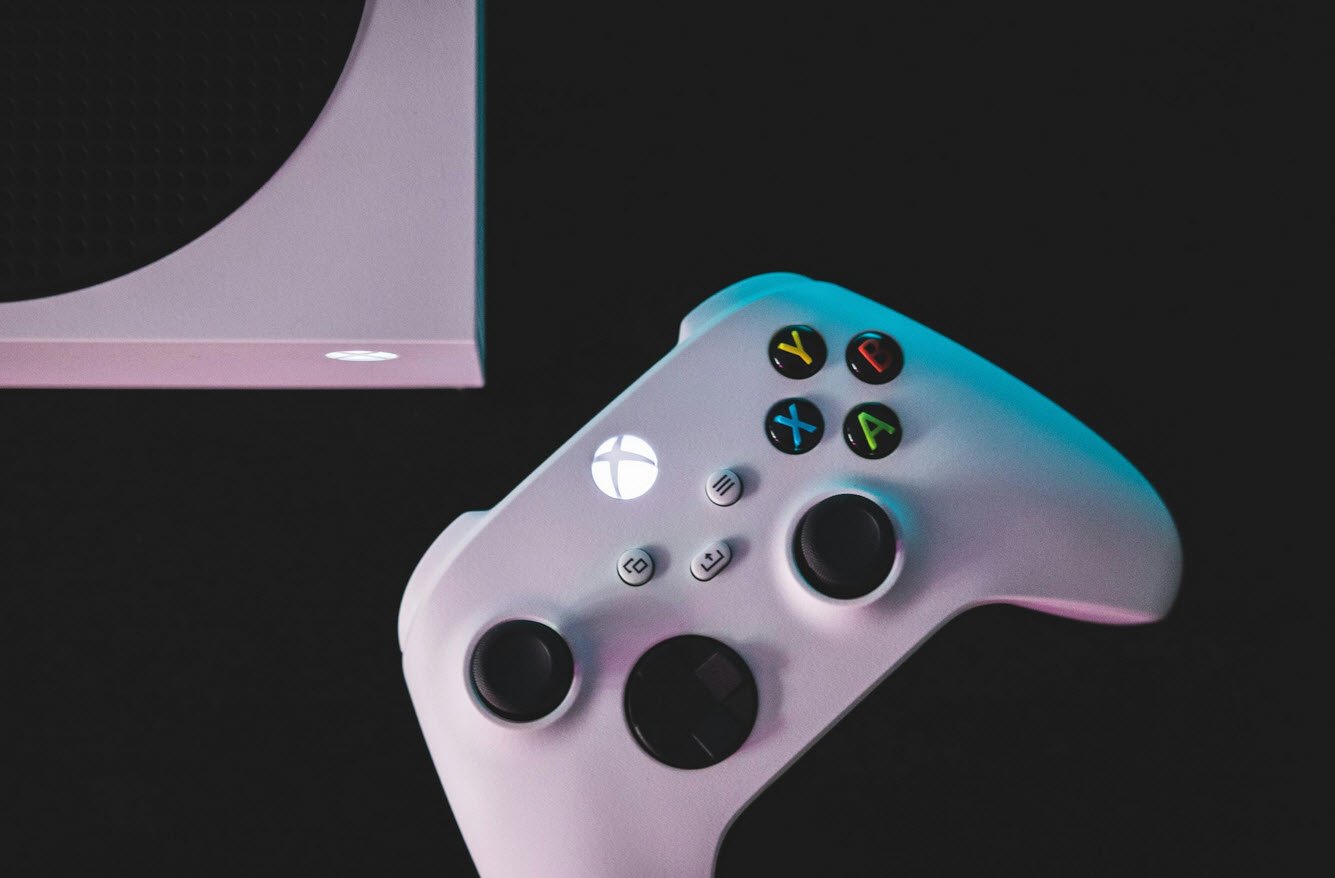

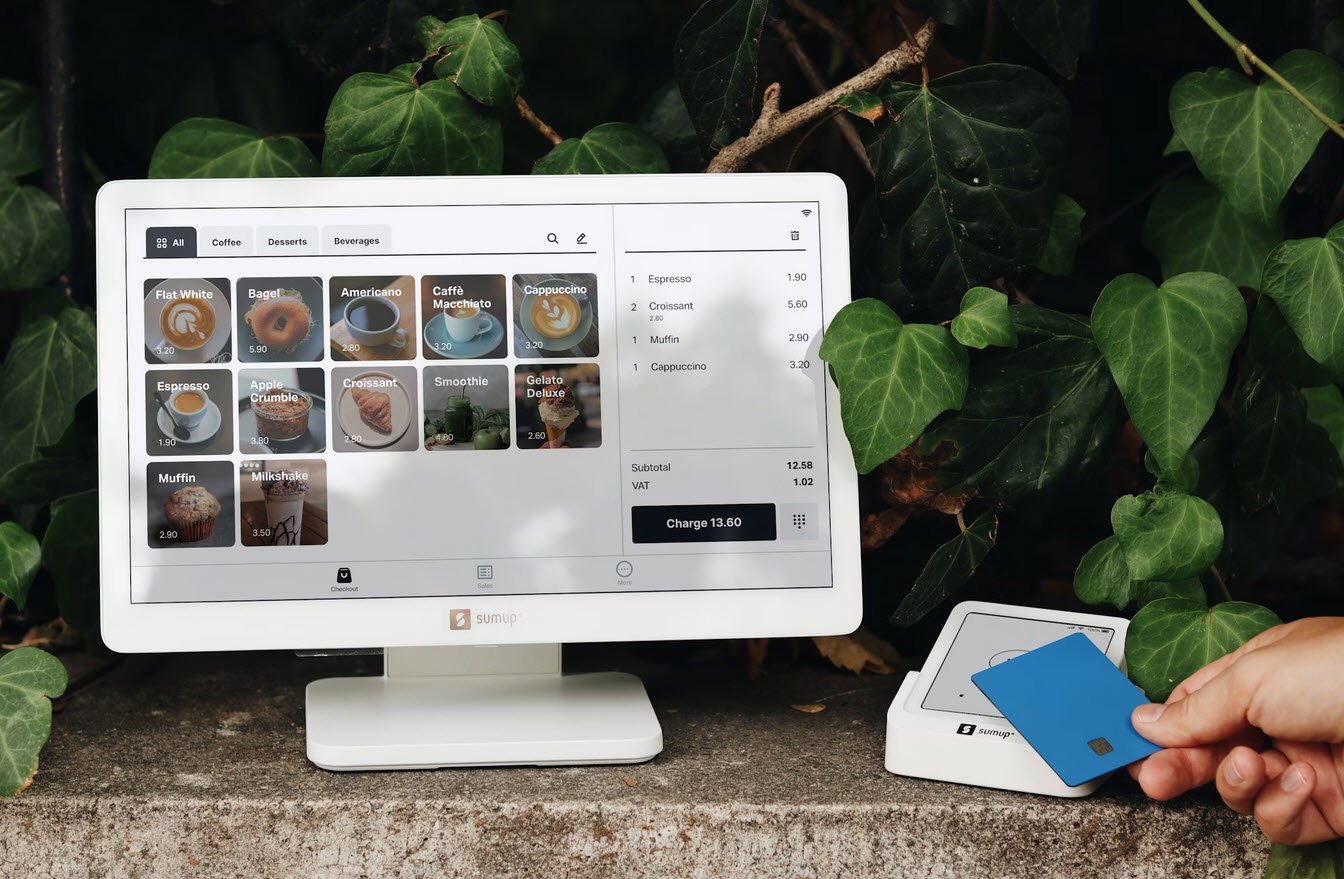
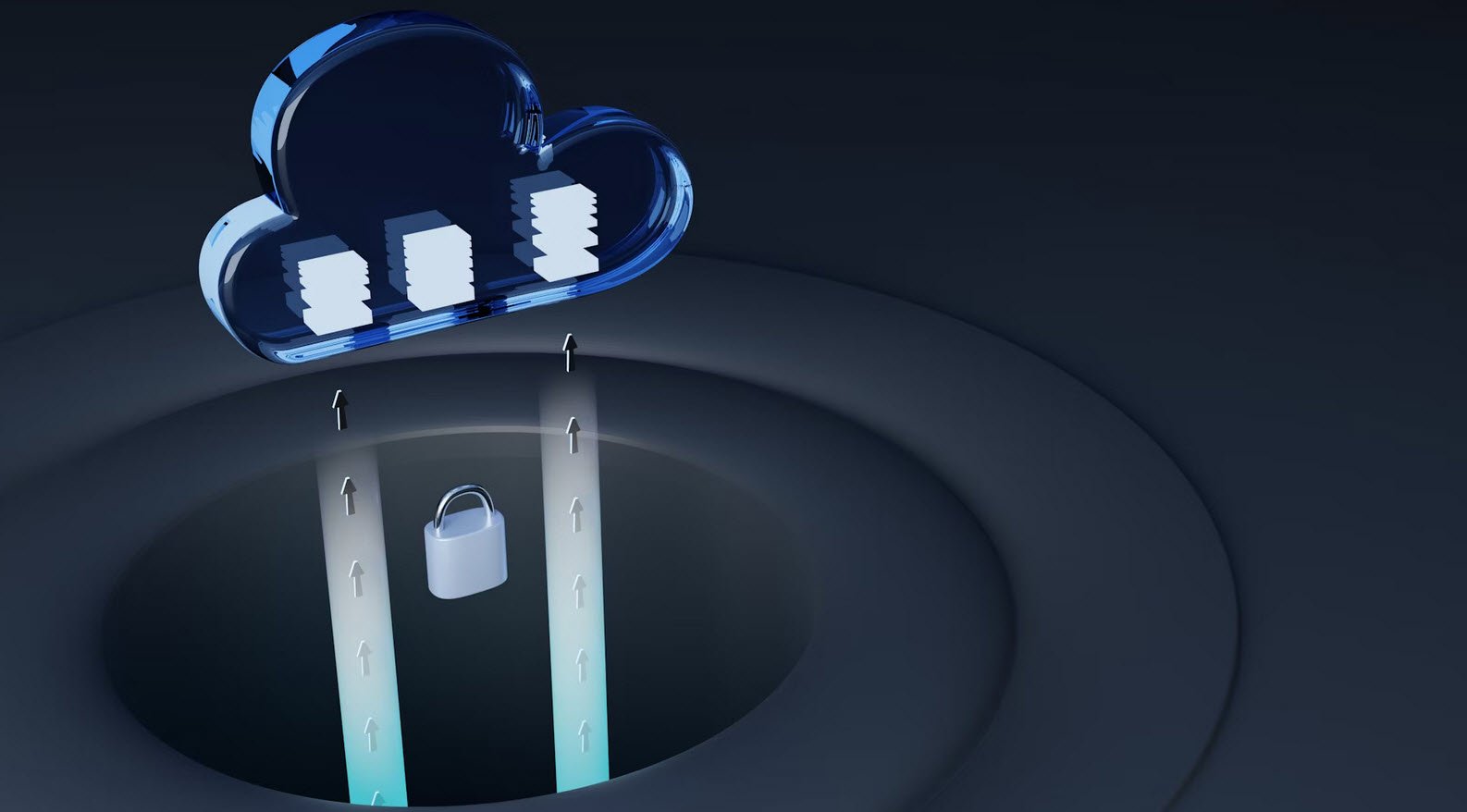

This Post Has 2 Comments